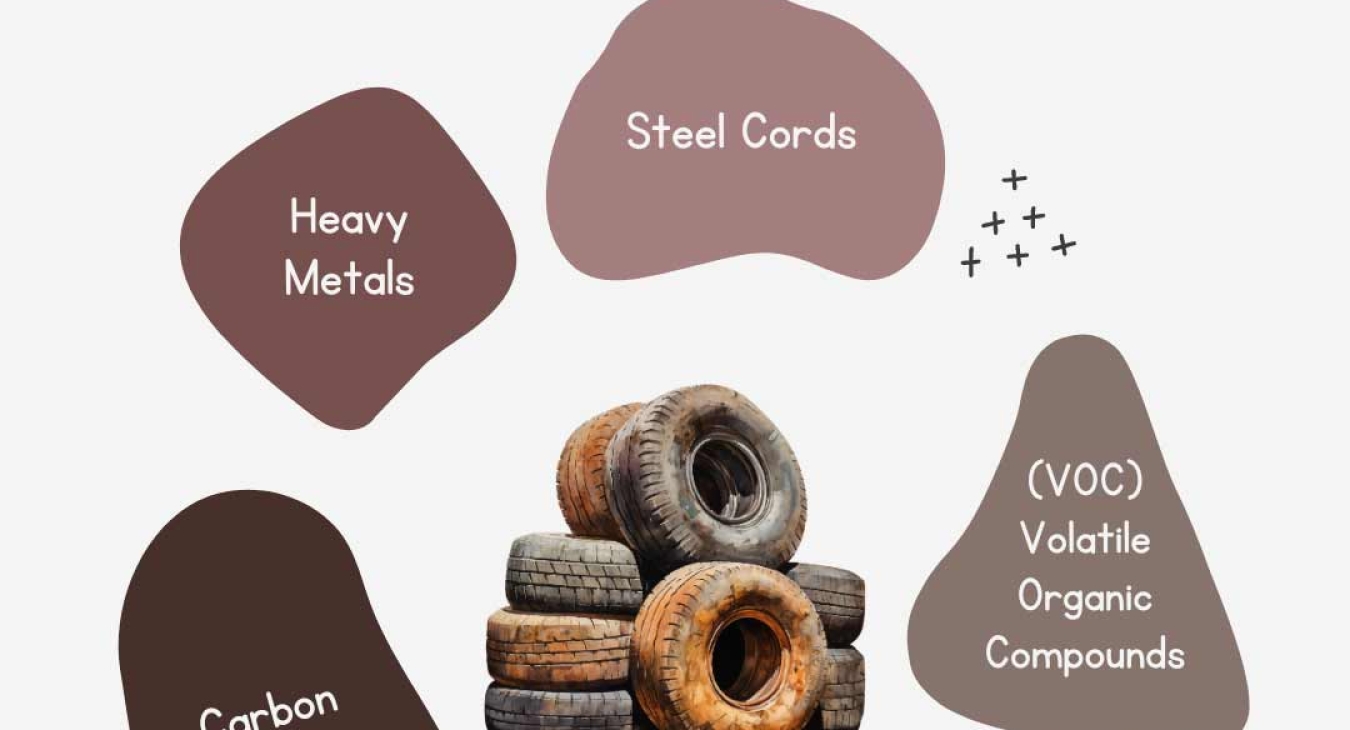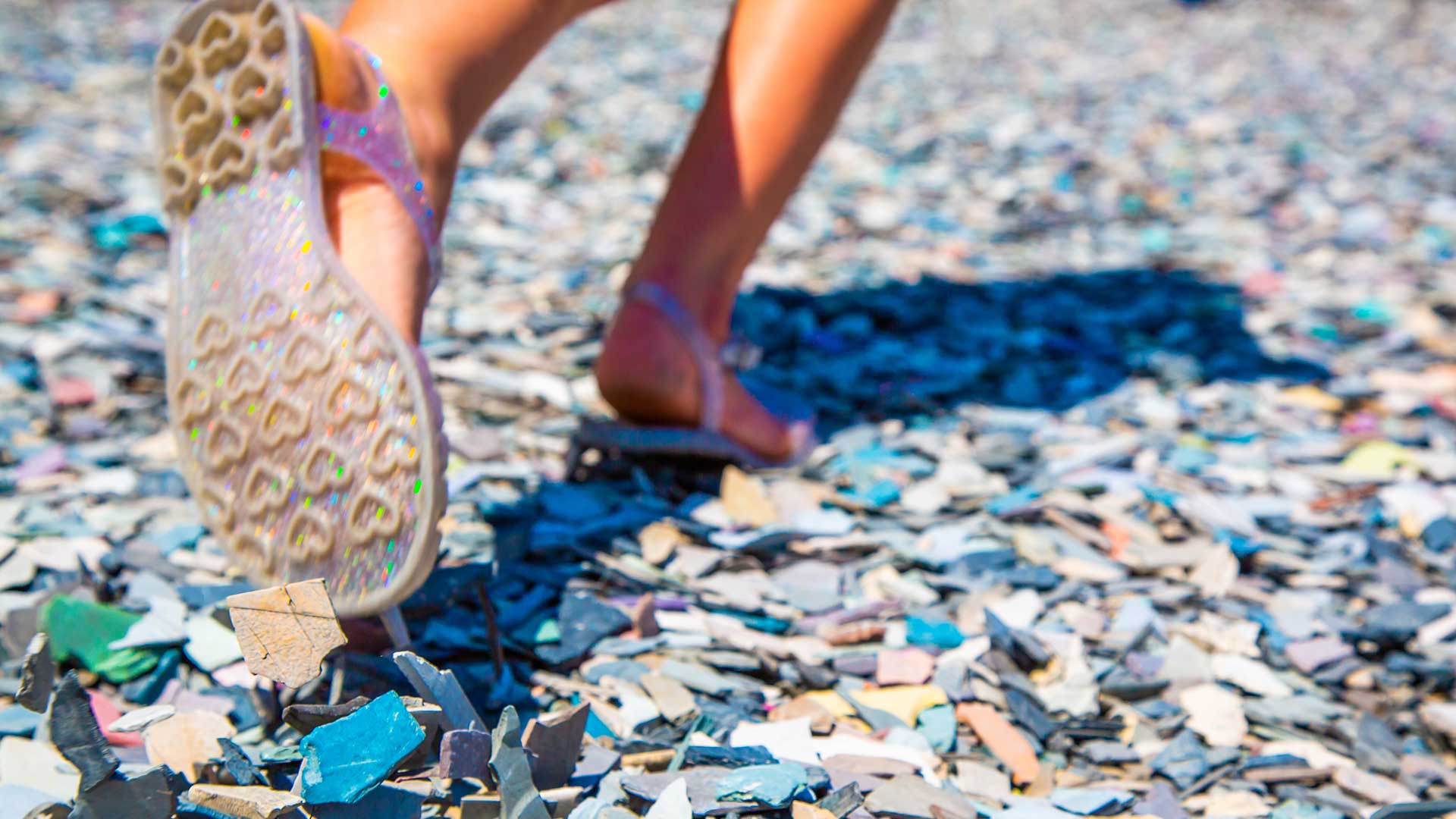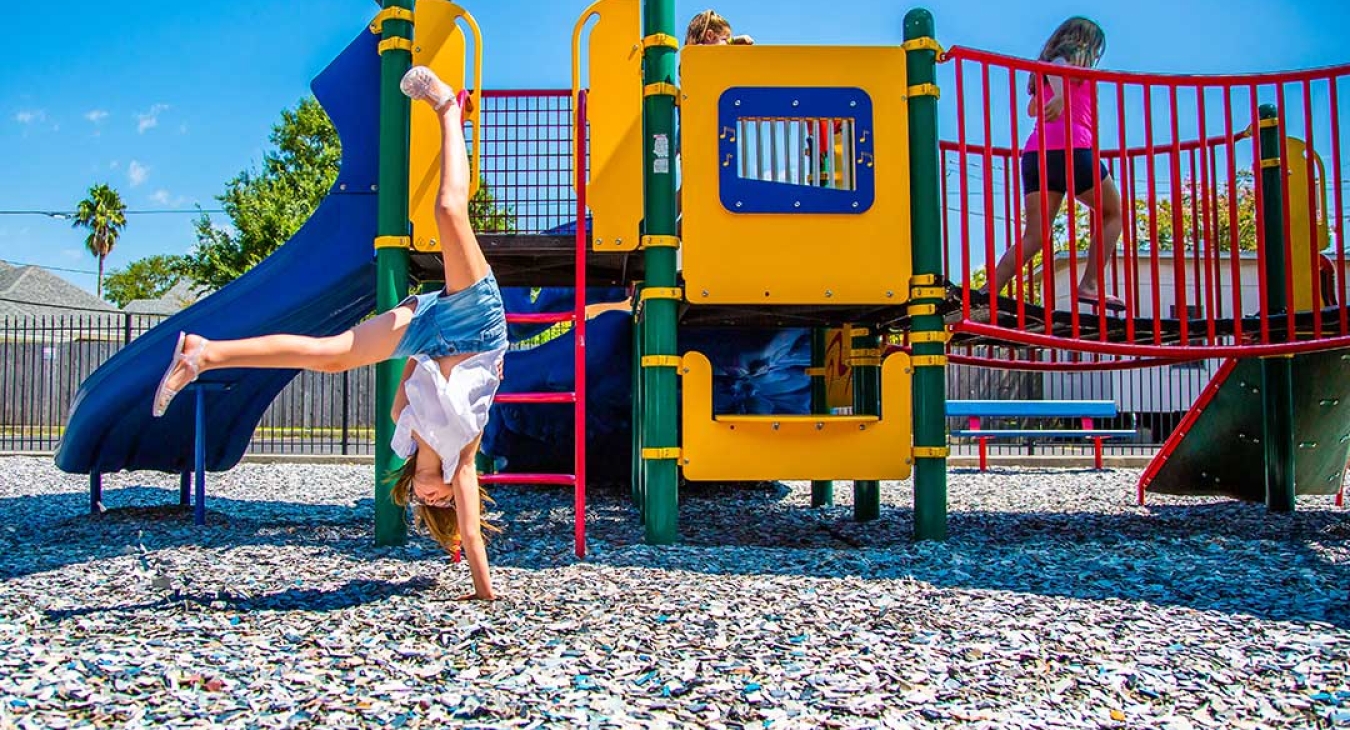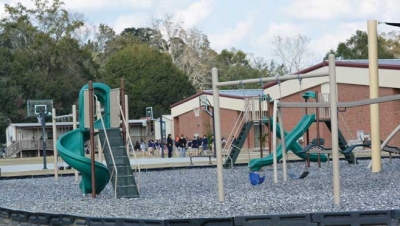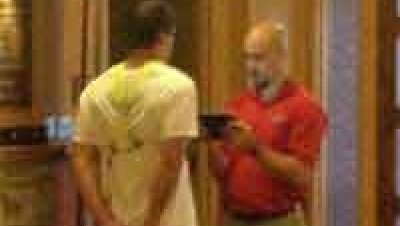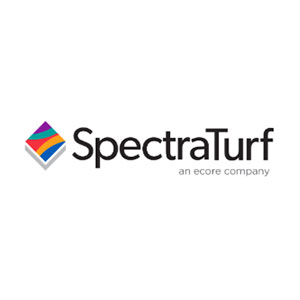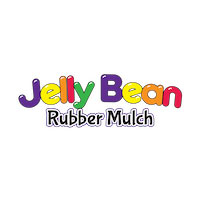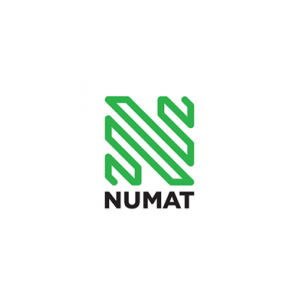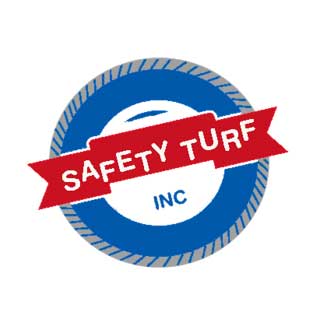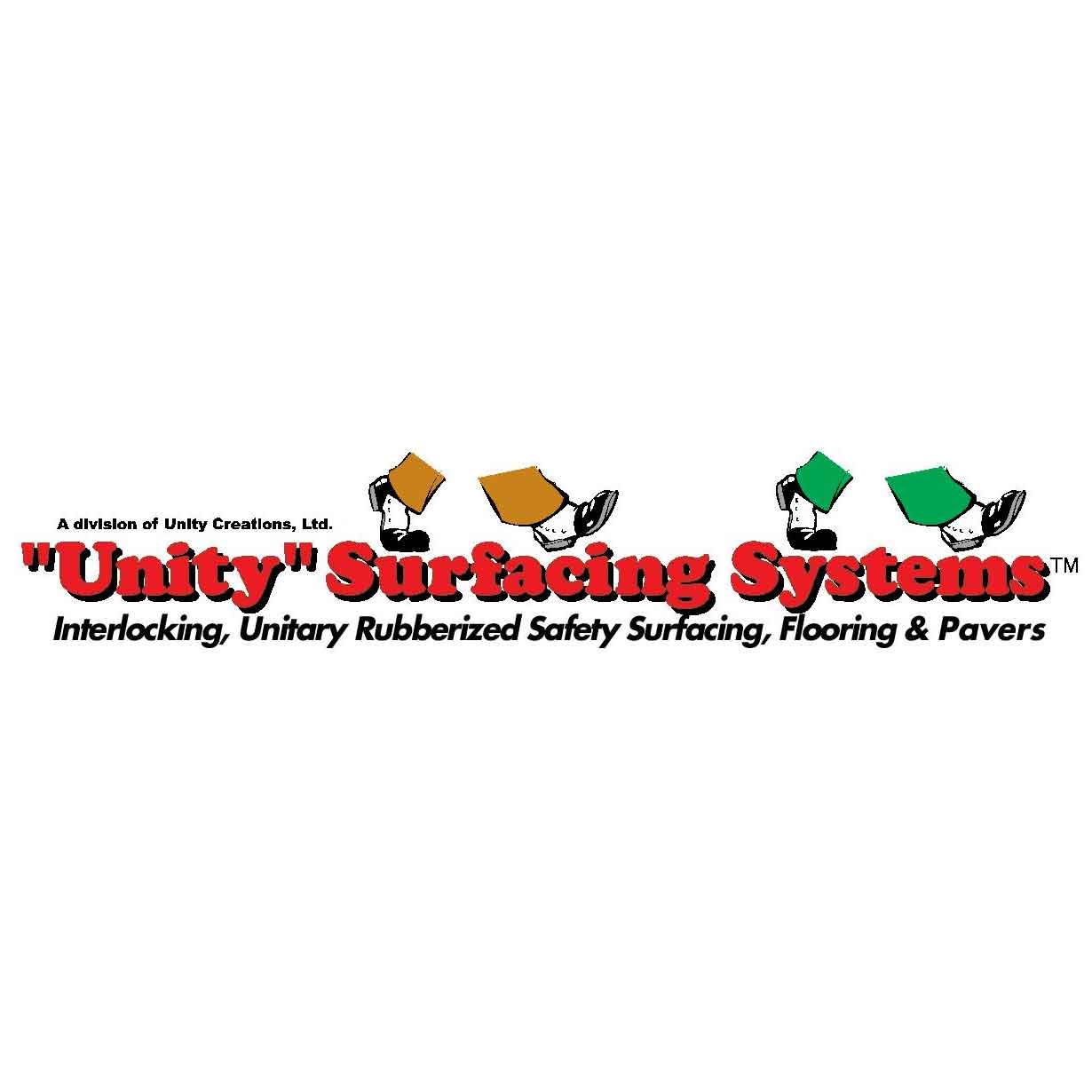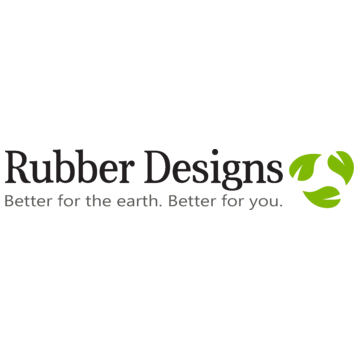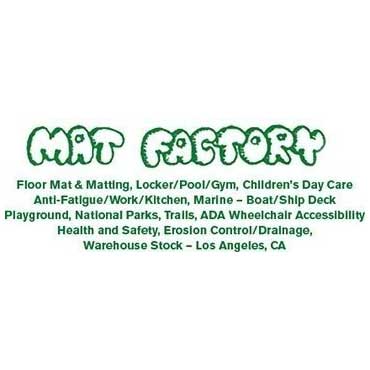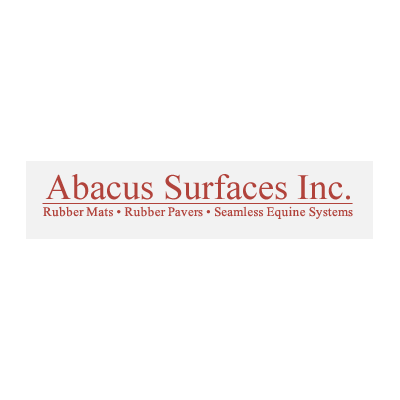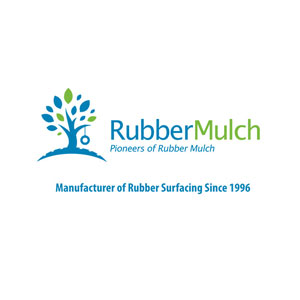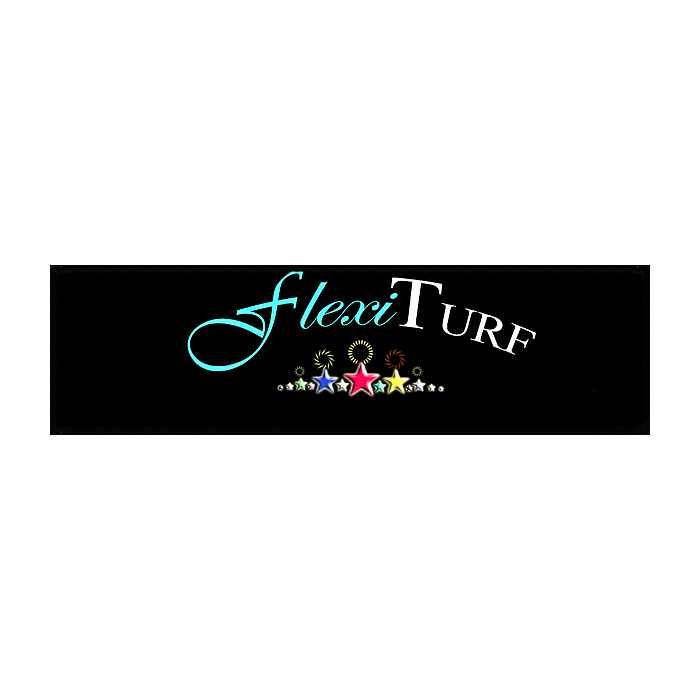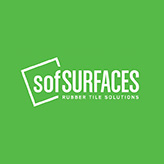I own a well-worn pickup truck with tires to match. If one day, I took those tires off my vehicle, chopped them up, slapped some paint on them, and spread the tire rubber across the playground where my kids like to play, what would they think? Better question, what would they smell? What would they ingest? What chemicals might be imparted onto their clothing and into their young bodies?
It’s hard for me to fathom in the year 2024 people are still doing this exact thing, putting old dirty chopped-up tires on playgrounds around the country, and calling it a safe play surface.
Like me, any parent of a child who has played on rubber tire mulch knows better.
Lack of Accountable Origin
At least in the hypothetical story above I would’ve known the origin of my tires, where they’d been, what roads they’ve driven on, and so forth, whereas rubber tire mulch often has no record of origin.
It is one thing to chop up new tires with known heavy metals and carcinogens and put them on a playground, yet it is even worse to do this with tires that could’ve been exposed to hazardous materials from who knows where.
Parental Fears of Cancer-Causing Chemicals and Lead
Concerned parents in Hudson Valley, New York recently requested their school board to investigate lead and chemical levels of EPDM and crumb rubber (shredded recycled tires) on new playgrounds at Harry L. Edson, Robert R. Graves, and George Washington elementary schools after fears of potential illness struck.
Amherst parents are worried too, as headlines like this one, Shredded Tire Mulch Playground Surface Raises Public Health Concerns, are becoming all too common.
If schools and organizations were aware of the potential liability of rubber tire mulch, would they ever engage in the procurement of it? Doubtfully, but since the marketing of tire mulch often doesn’t qualify the risks of owning it, we are faced with a familiar cycle of installation, parental complaint, review, removal, and repeat.
Fires, Steel Wire, and Awful Smells
Parents should be alarmed over how flammable the product is, and rightfully so, as we have seen recent fires break out on playgrounds with rubber tire mulch that can prove hard to contain.
A playground in Yukon Canada had to close for two weeks after wires were found throughout the rubber mulch, and the offputting smell from it became too much to bear for the small children expected to play on it.
Beyond all the other downsides to rubber tire mulch, the cost to remove and replace it can be exorbitant, and often end up on the plate of the taxpayer to foot the bill.
Why is This Product Still Sold? More Supply Than Demand
One reason, despite the negative publicity the product has faced, we are seeing an influx of dirty chopped-up tires on the playground simply comes down to supply and demand. As Recycling Today puts it, there is more supply now, and less demand.
Rubber recycling companies can dispatch the product onto playgrounds in the name of sustainability, and profit in the process.
Simply put, this is a way for tire recyclers to offload their product profitably that otherwise would be cumbersome and costly to store.
When is Enough, Really Enough?
All this begs the question, why does it have to come to concerns over toxicity, wires, flammability, and the like for parents and school boards to take notice?
While some debate the levels of toxicity in rubber tire mulch, it would be far better to simply prevent the potential for toxic chemical exposure to kids from the start, by avoiding the product altogether.
With better alternatives out there, like the one I’m personally invested in, Jelly Bean Rubber Mulch, using a non-toxic medical-grade virgin rubber as a playground surface, it is clear better solutions already exist.
My sincere hope is that this is the last year any sensible principal, superintendent, PTA member, teacher, or administrator will consider putting rubber tire mulch on a playground.
